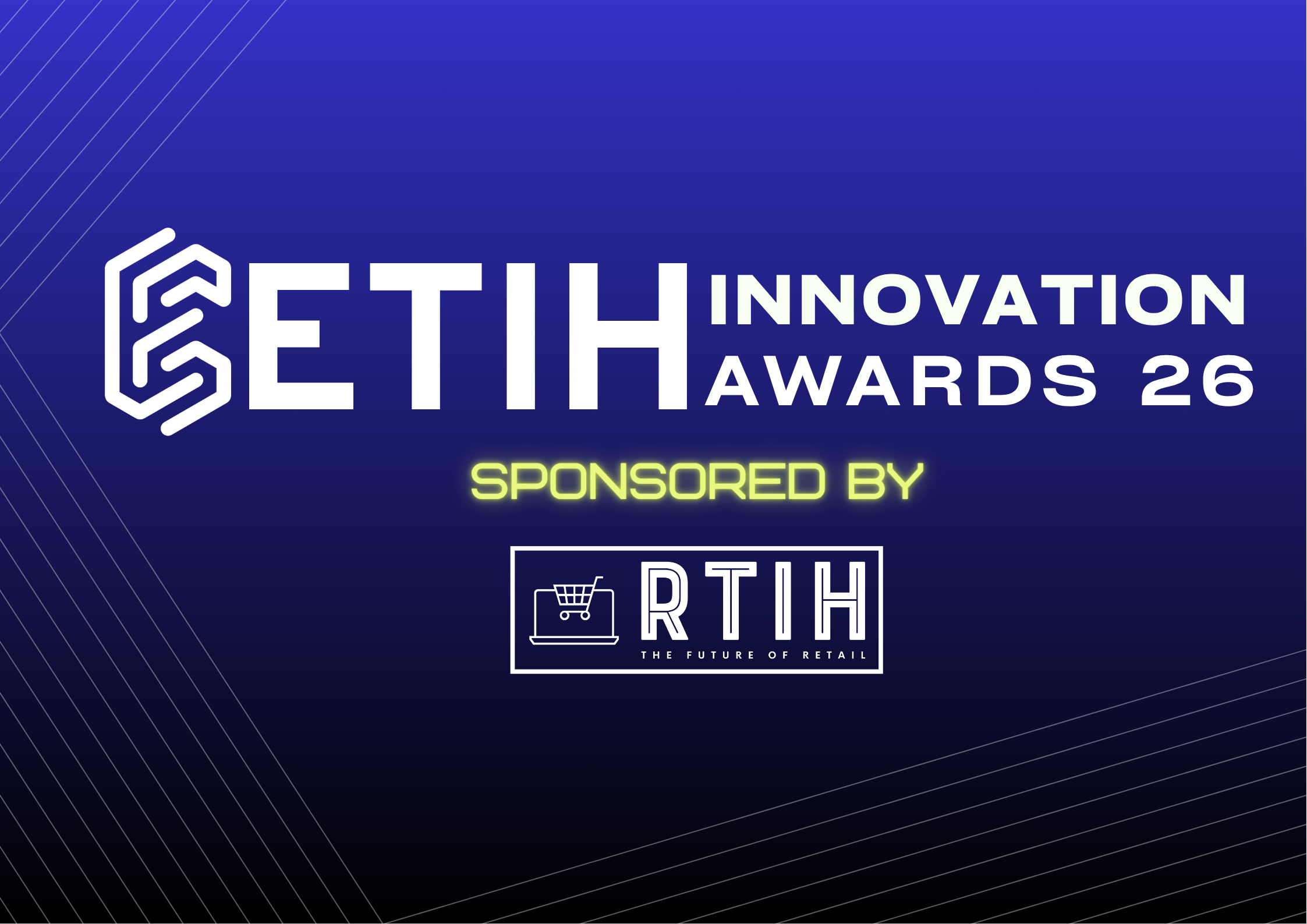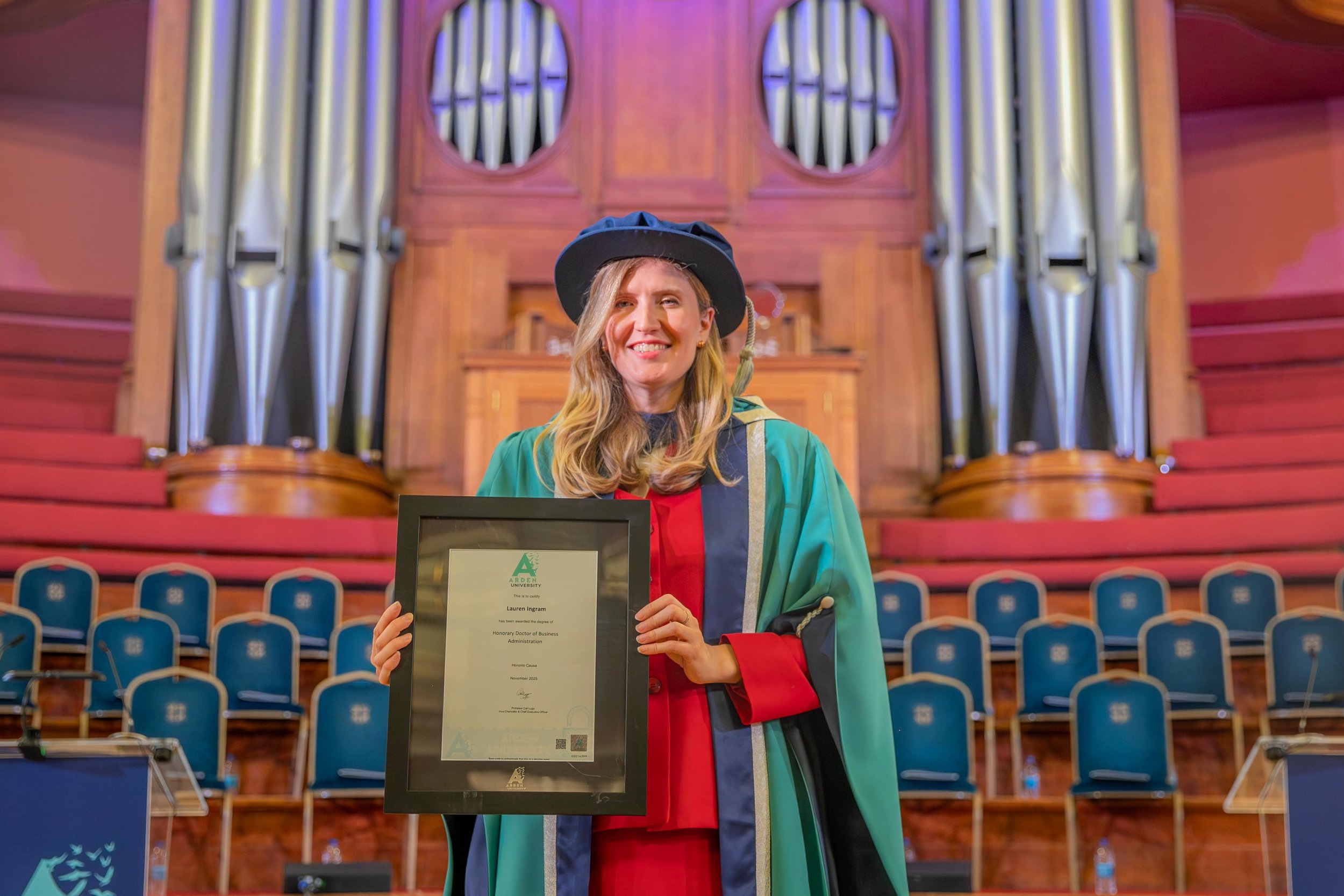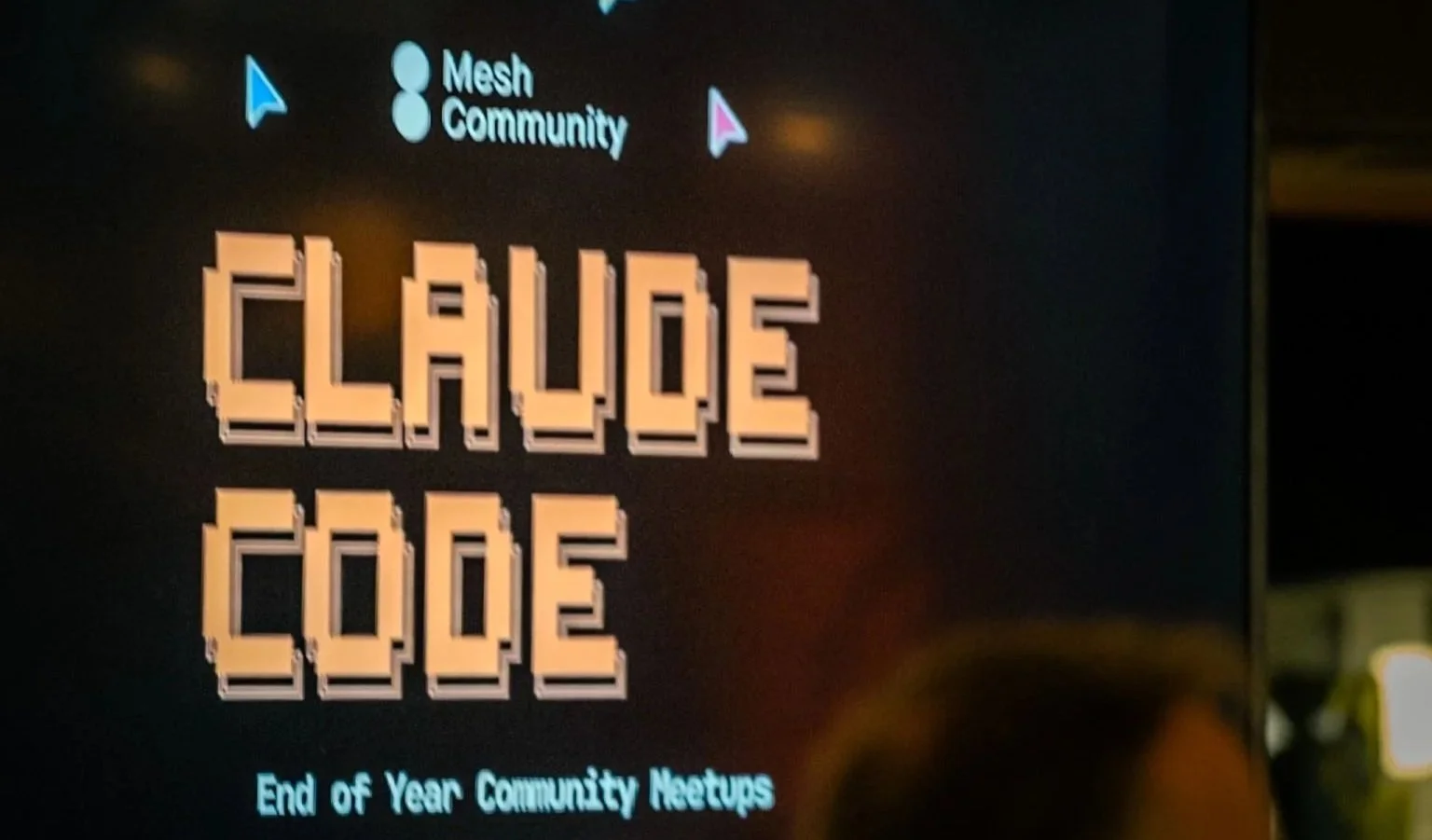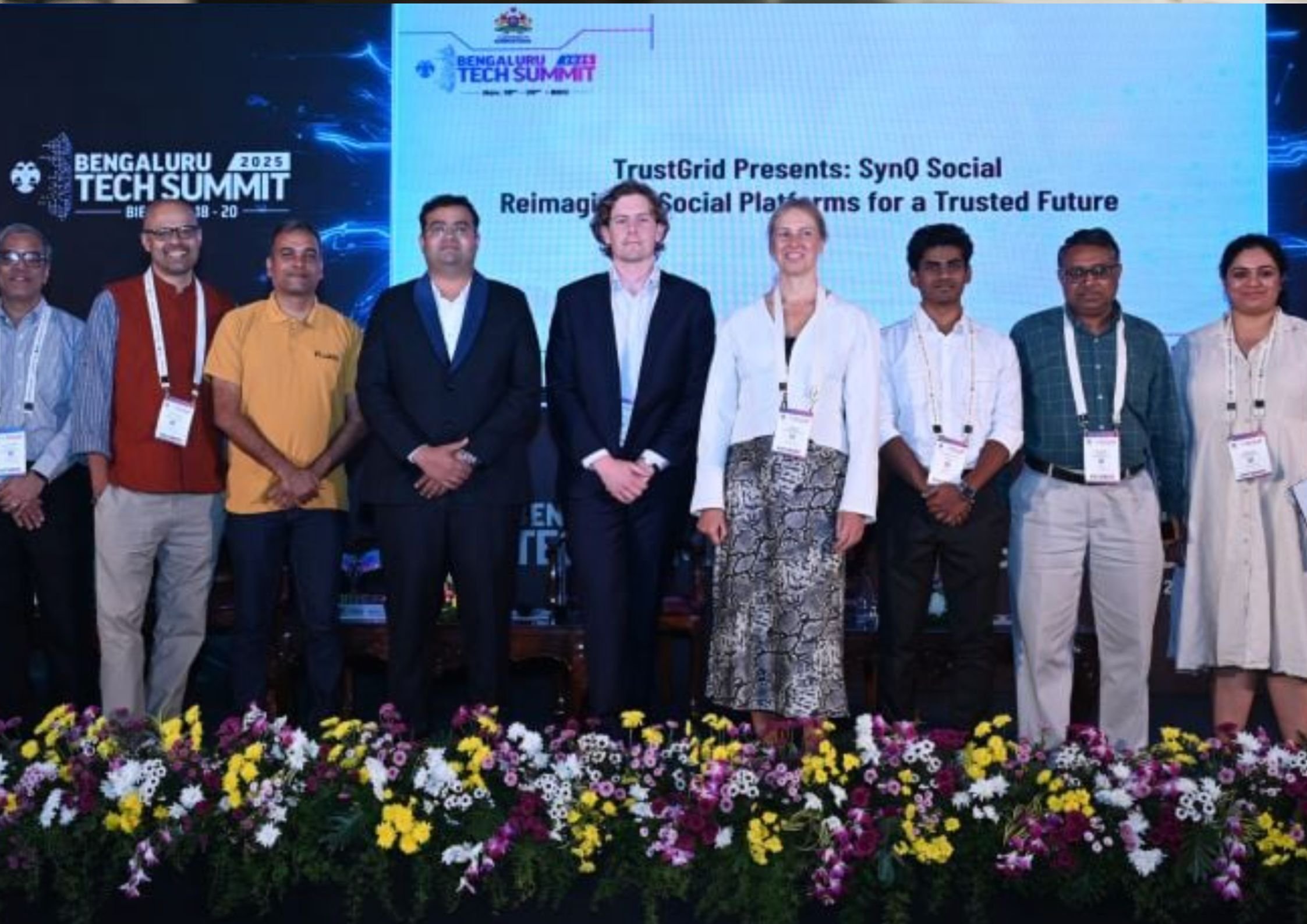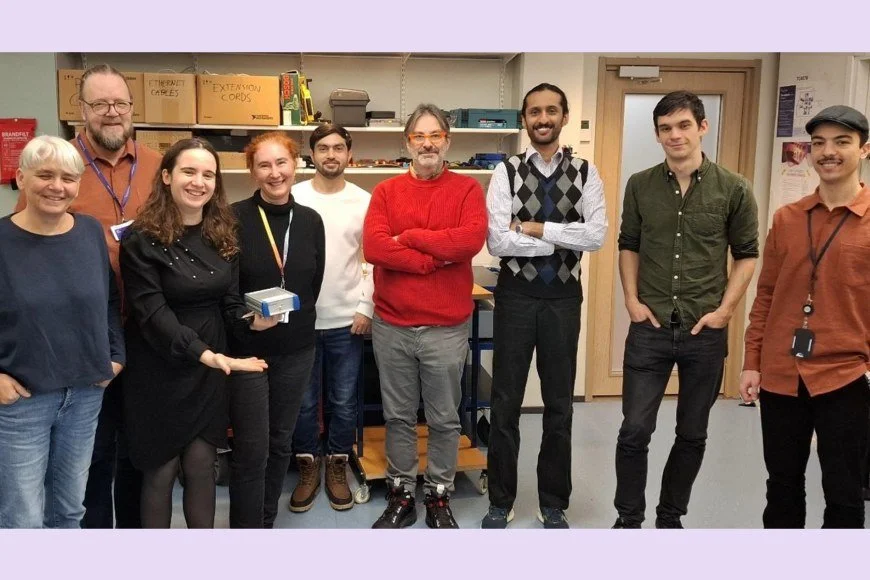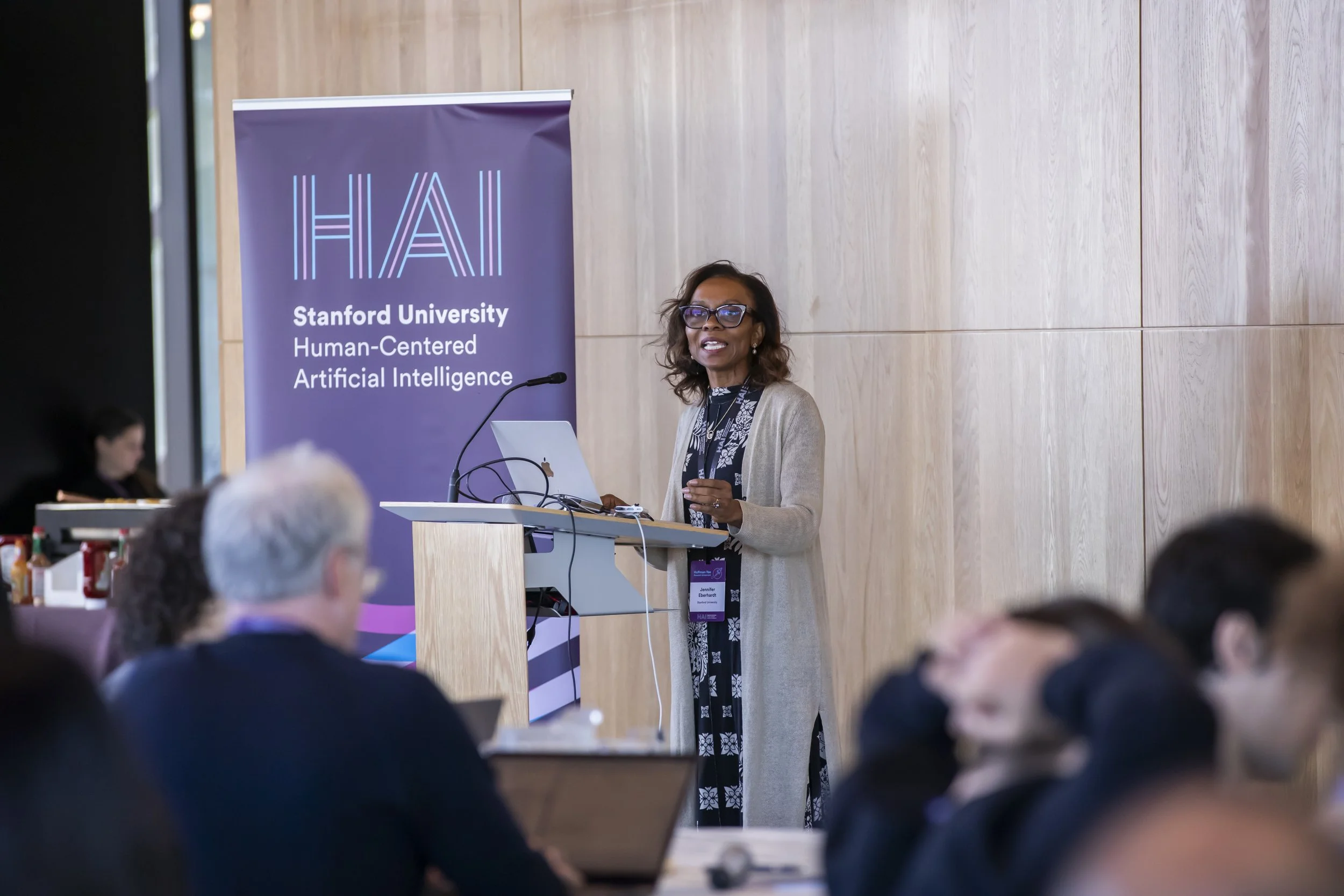Google introduces vibe coding in AI Studio to speed prompt-to-app builds
Google has unveiled a new ‘vibe coding’ experience in AI Studio, enabling users to generate fully functional AI-powered apps from a single prompt using Gemini models.
Google has announced a major update to AI Studio, its web-based platform for building and testing AI applications. The new feature, called vibe coding, is designed to simplify app creation by allowing developers to describe an idea in natural language and instantly generate a working, multimodal prototype.
AI Studio provides developers and creators with access to Google’s Gemini models for text, image, and video applications. Traditionally, building AI-driven apps required integrating multiple APIs, SDKs, and services, a process that limited accessibility for newcomers. The new workflow removes that barrier by automatically connecting the relevant models and APIs in response to a user’s description.
In a blog post announcing the feature, Google wrote: “Now, you can describe the multi-modal app of your dreams, and AI Studio, alongside our latest Gemini models, does the heavy lifting.”
Automation and inspiration built into the workflow
The update also introduces an “I’m Feeling Lucky” button that generates creative app ideas for users who need inspiration. This builds on Google’s broader effort to make AI Studio an entry point for rapid experimentation and prototyping.
Alongside the launch, Google has reimagined its App Gallery as a “rich, visual library” of Gemini-powered projects. The gallery allows users to preview, remix, and learn from existing examples. A new Brainstorming Loading Screen displays AI-generated ideas while an app compiles, turning idle time into an additional source of creative prompts.
Visual editing and uninterrupted development
The redesign includes an Annotation Mode that enables users to refine app interfaces through direct interaction rather than manual coding. Builders can highlight a section and issue natural language instructions such as “Make this button blue,” or “Animate the image from the left.”
Google says this visual editing approach helps maintain creative flow and reduces context switching during development.
AI Studio also now allows users to continue building even after hitting the free API quota. Developers can temporarily add their own API key to keep projects running, with the system automatically reverting once the free tier renews.
Google positions vibe coding as part of a broader mission to make AI development more accessible. By embedding Gemini models directly into the creative process, the company aims to shorten the gap between ideation and deployment for both developers and non-technical users.
Ammaar Reshi, Product and Design Lead at Google AI Studio, and Kat Kampf, Product Manager, said in the announcement: “Our goal is to lower the barrier between a great idea and a working app with Gemini, so anyone can build with AI.”




